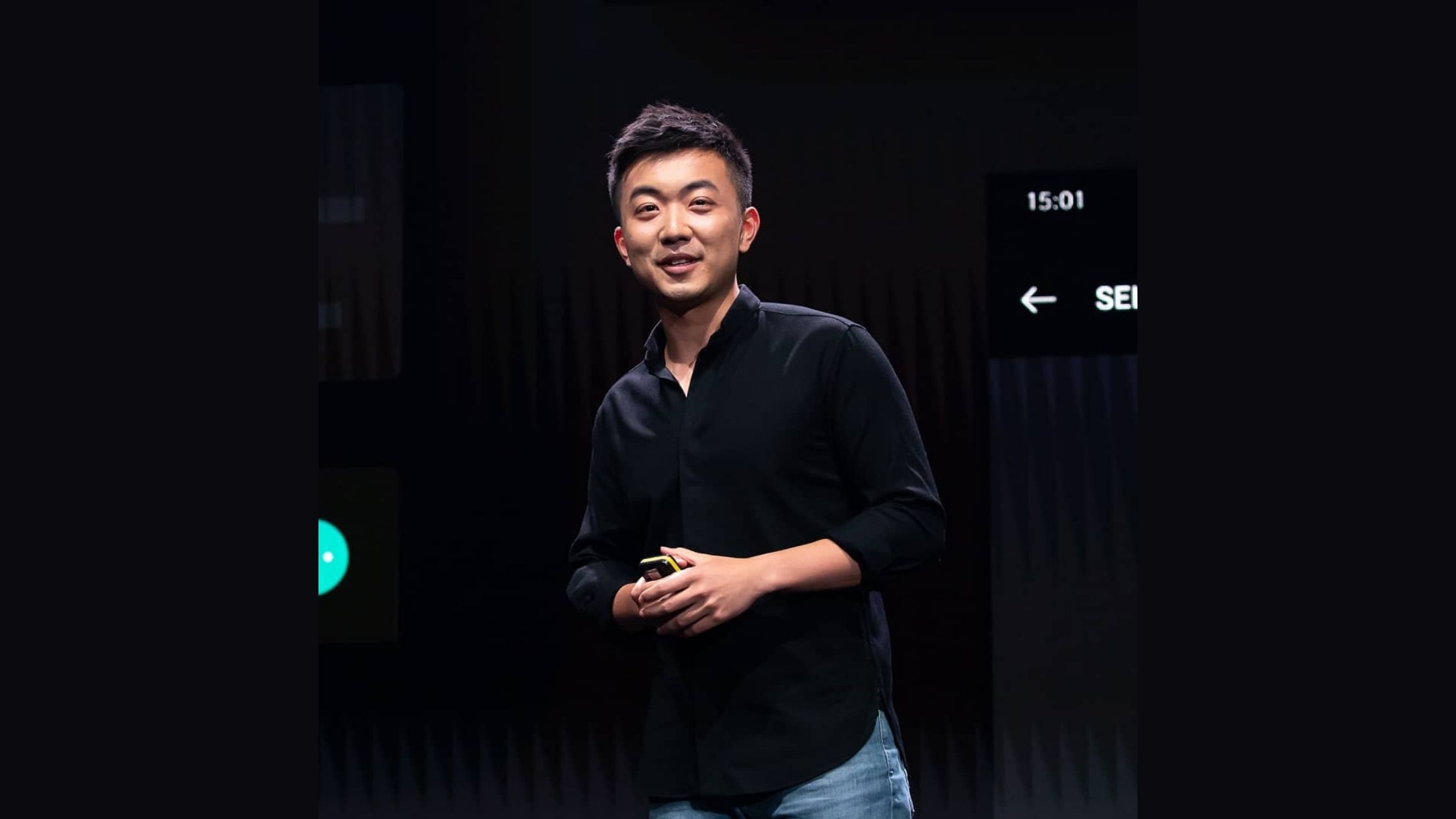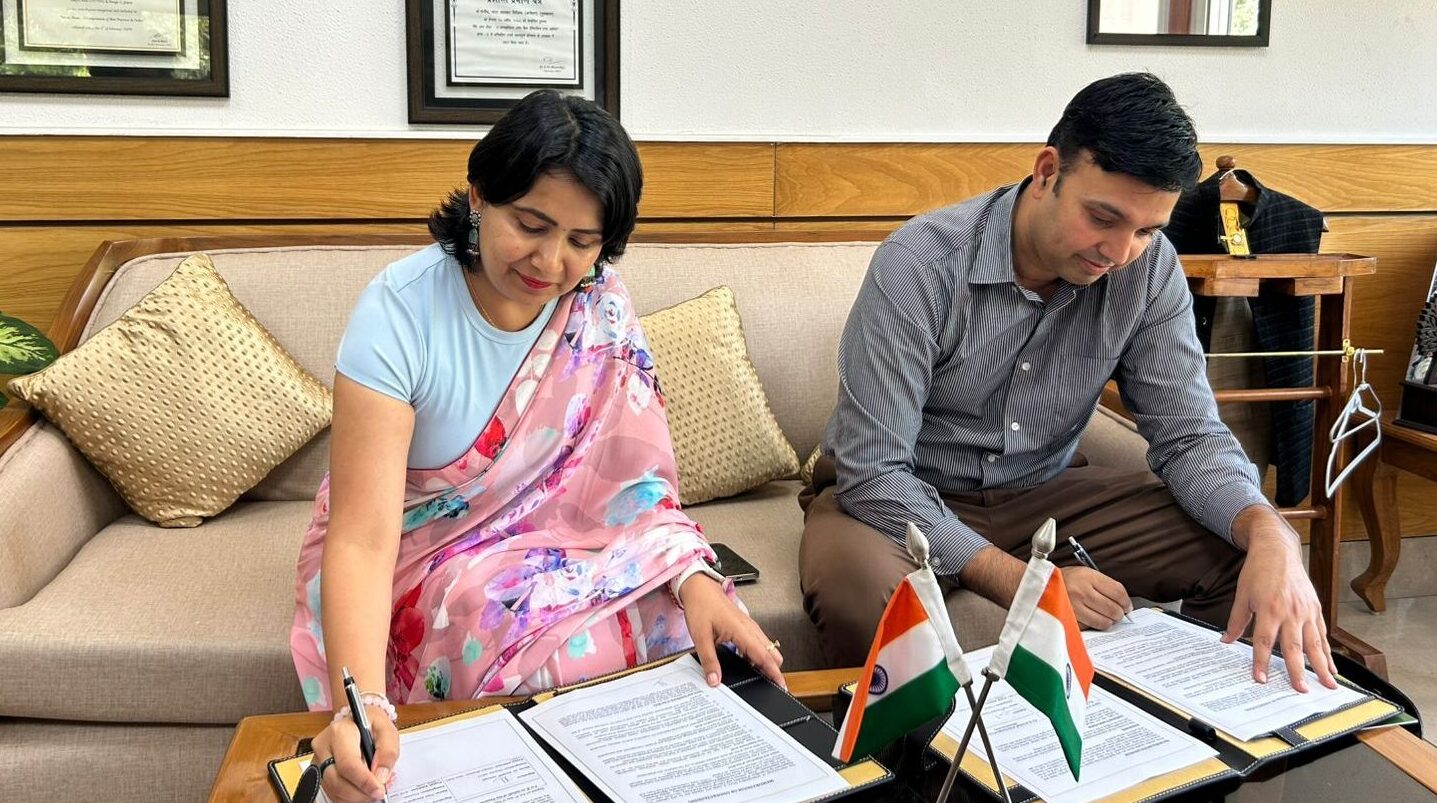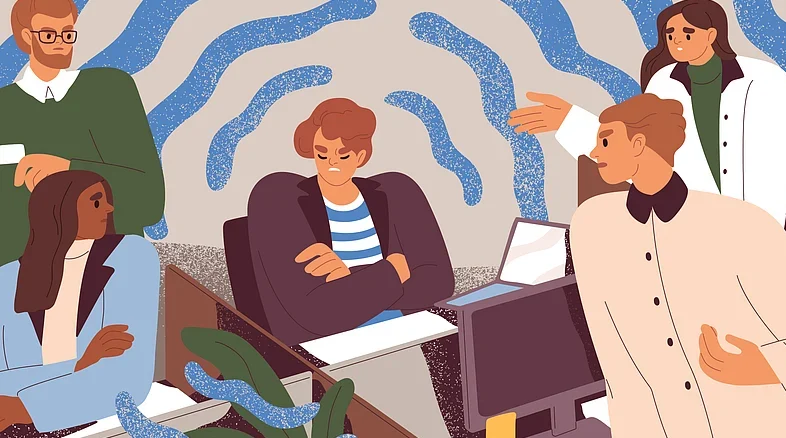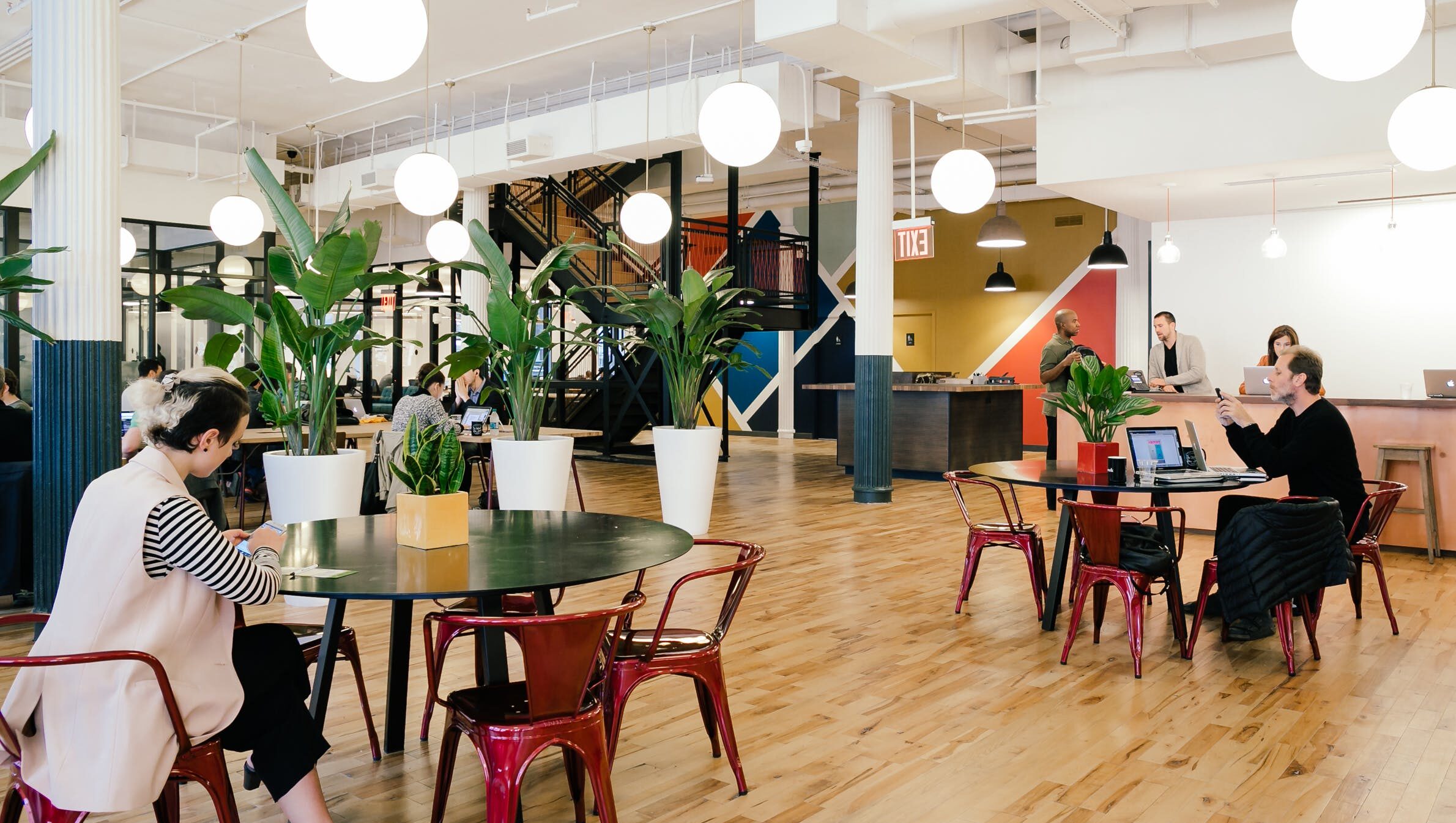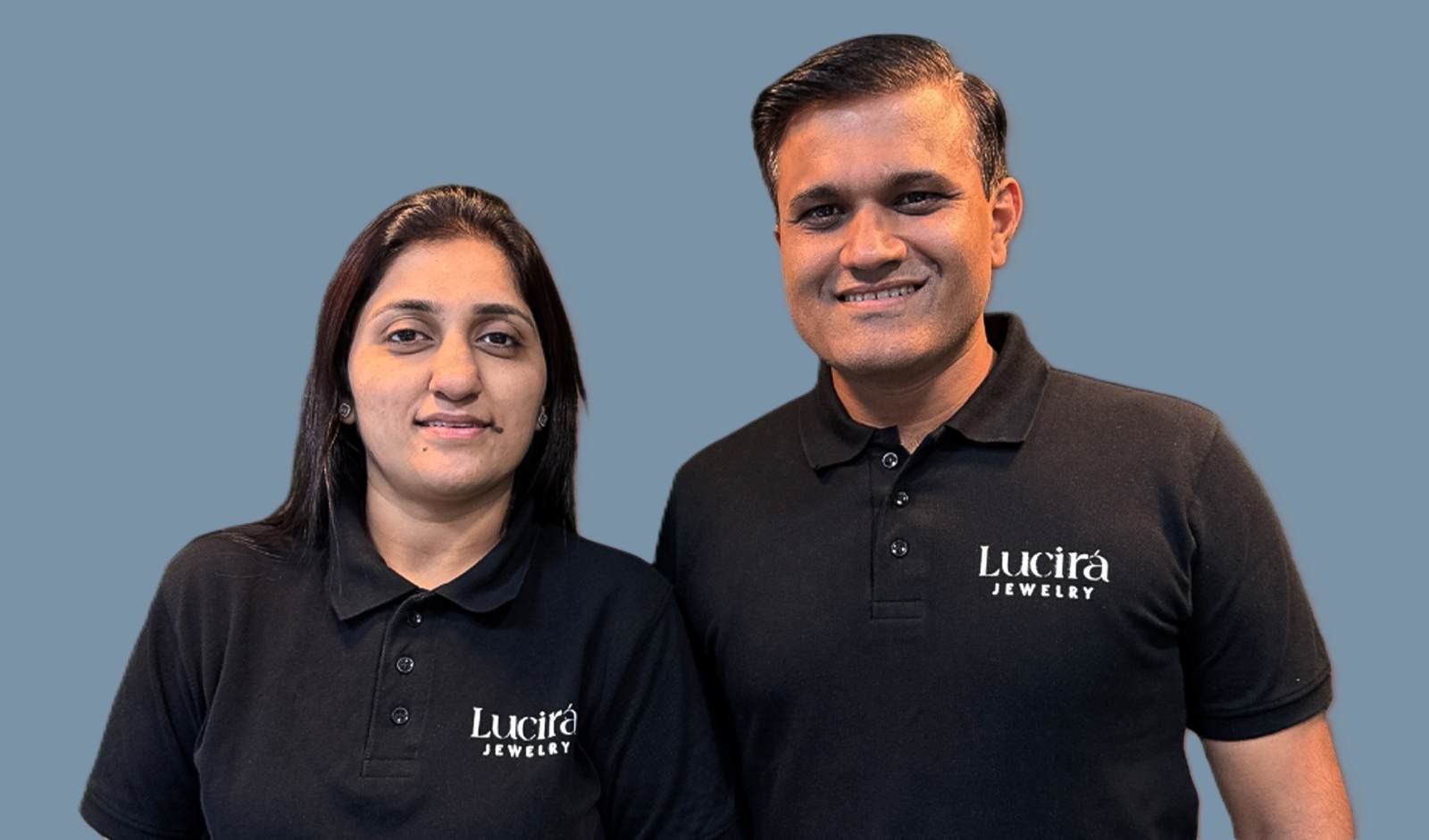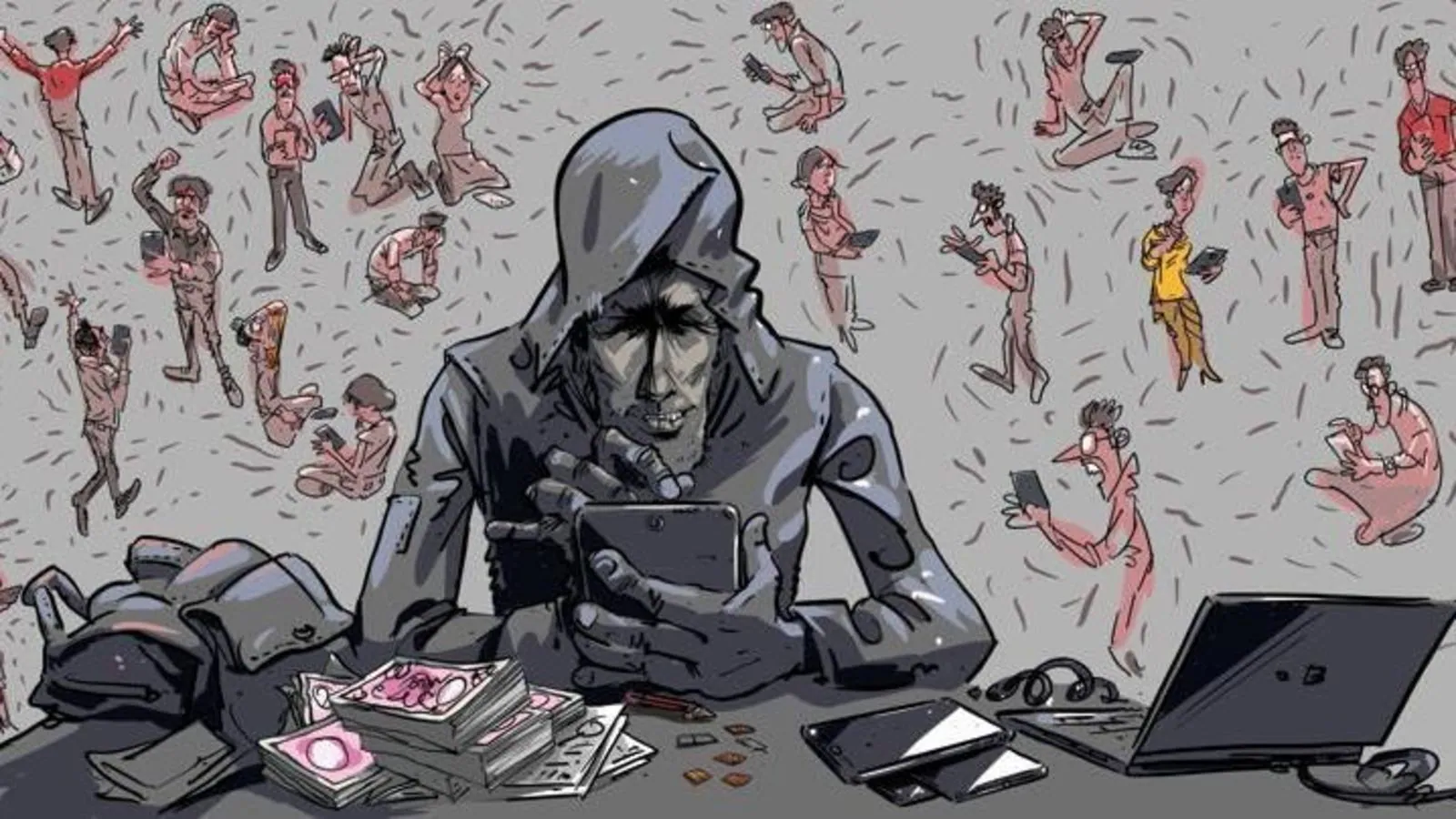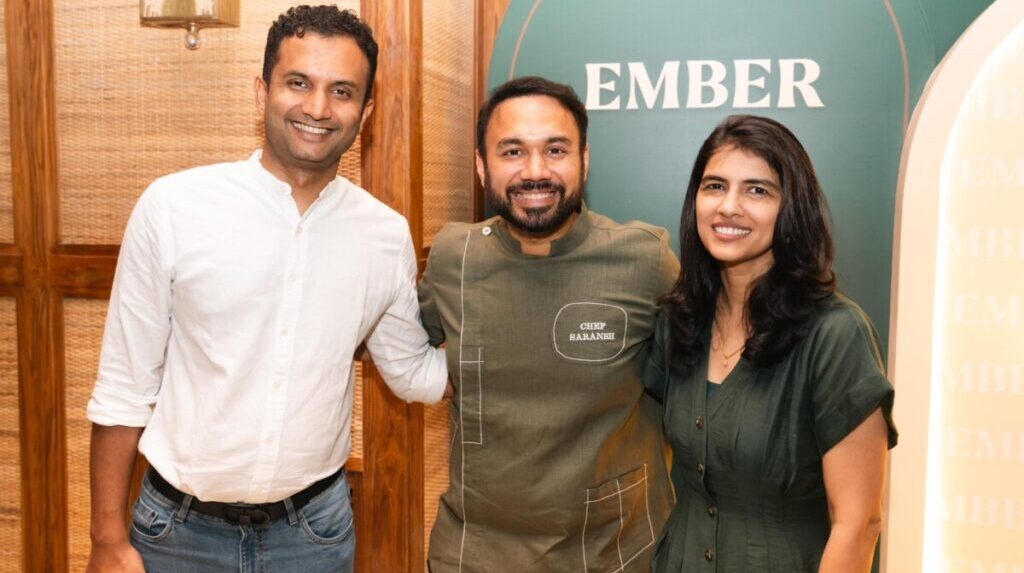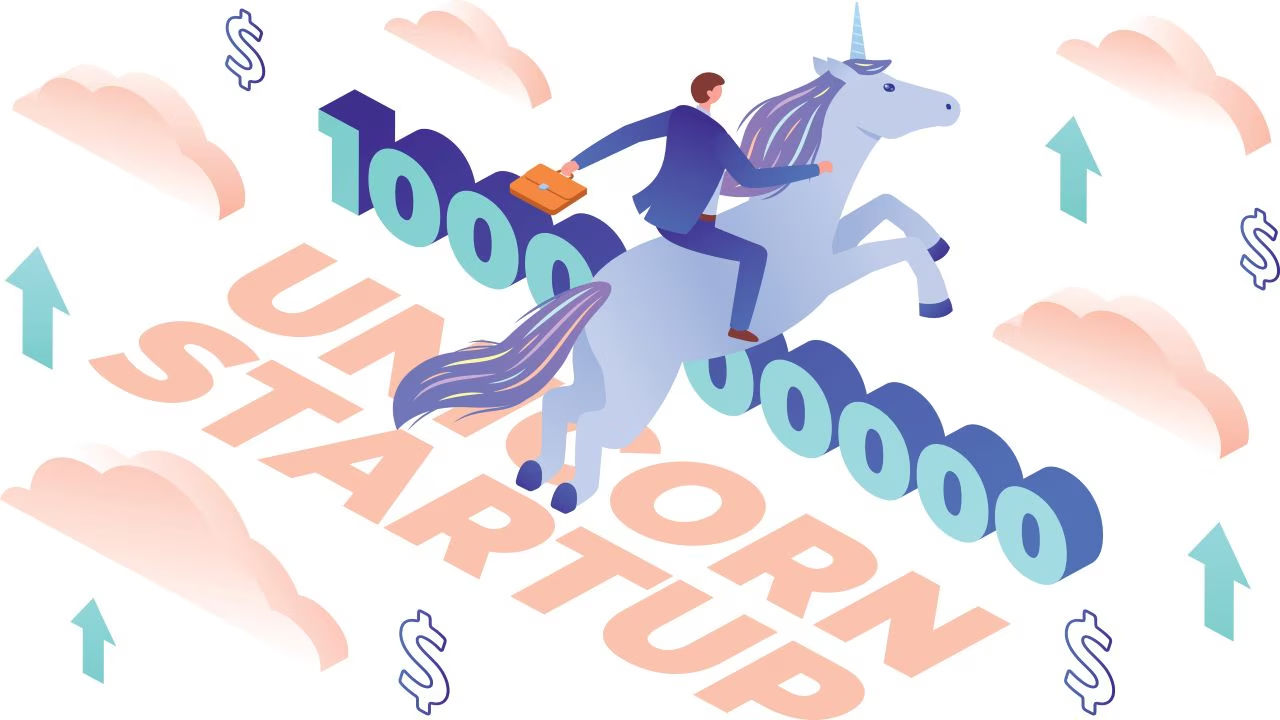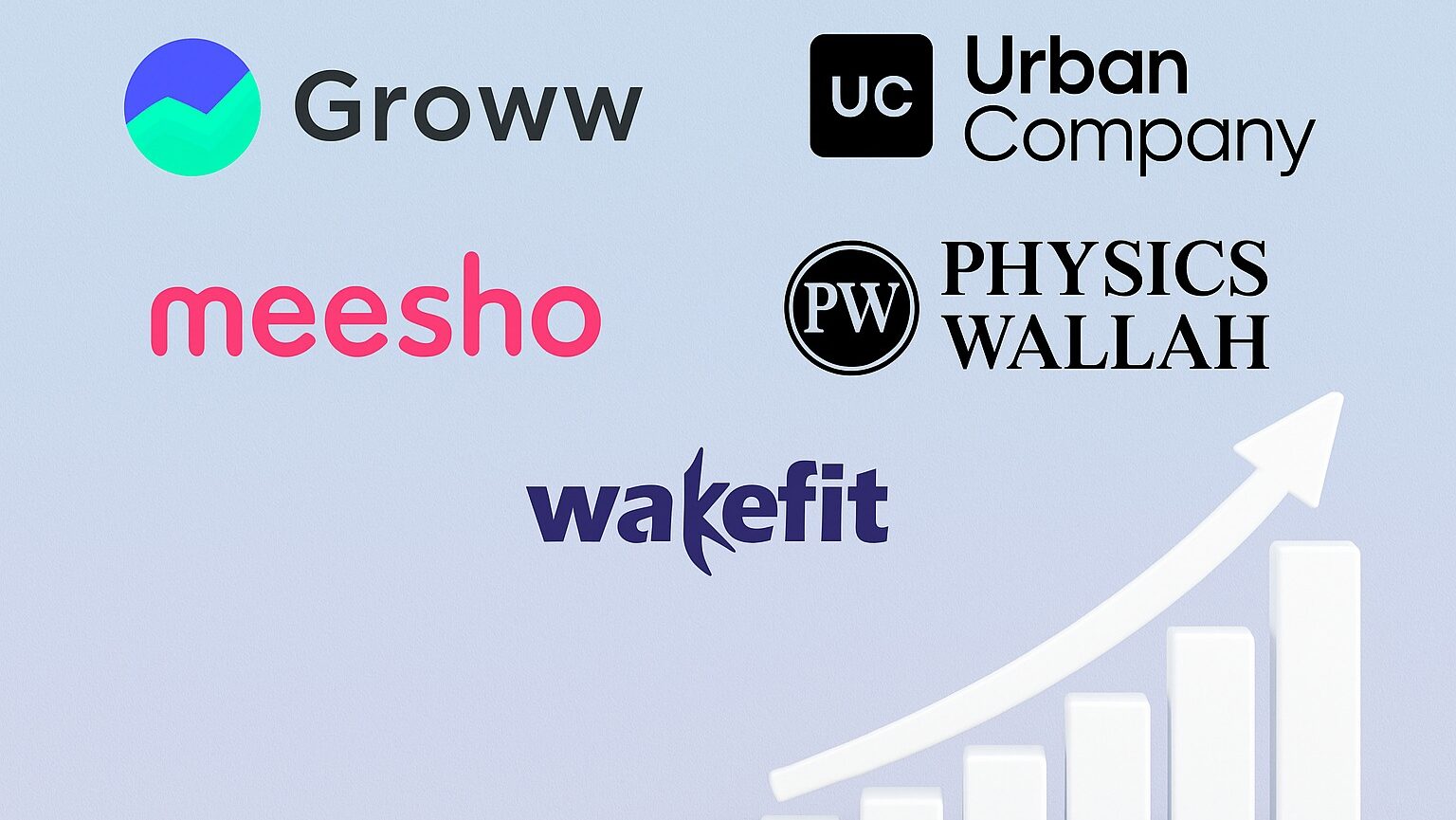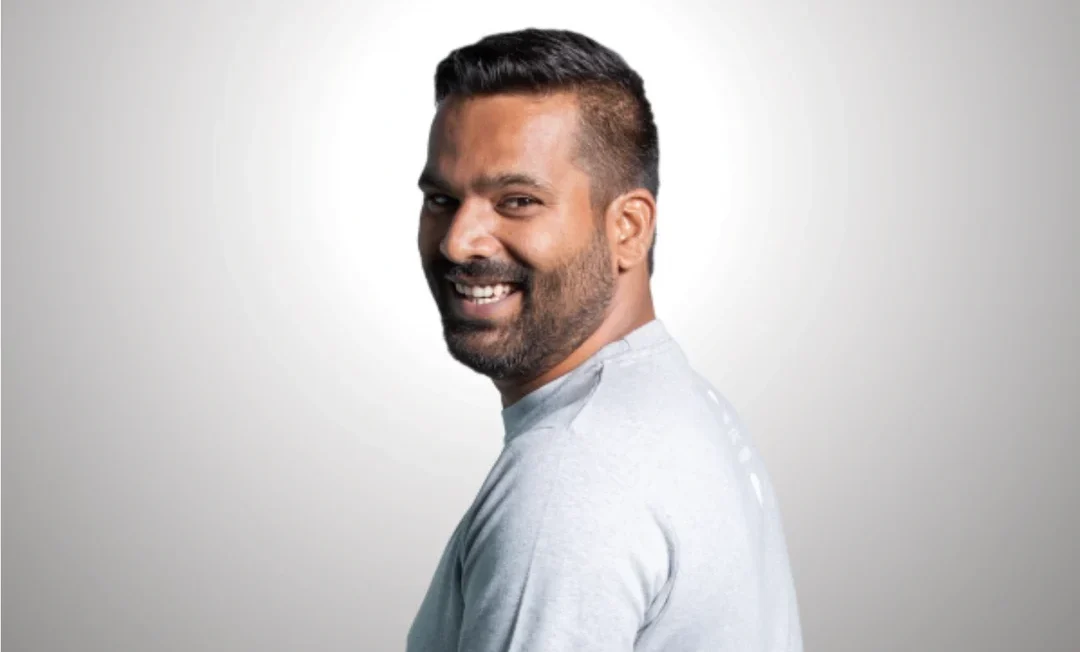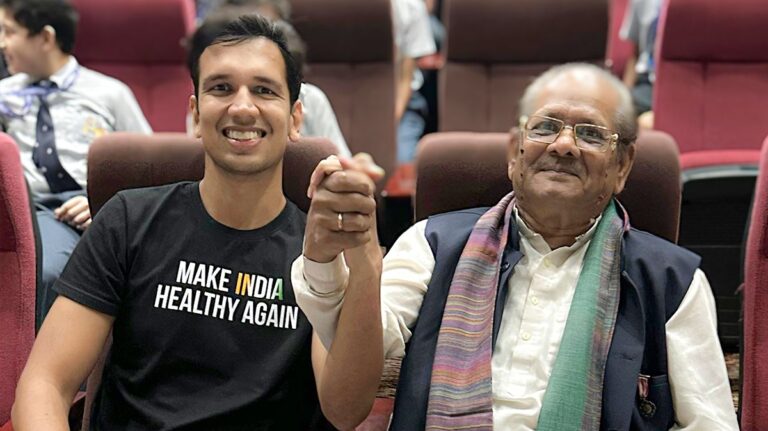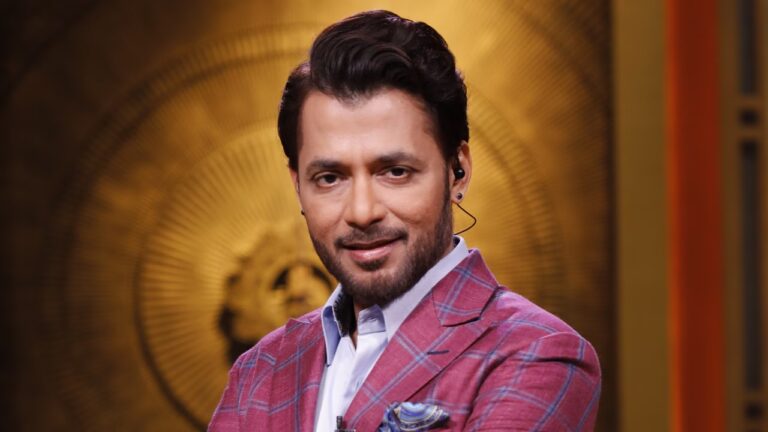With the rise of AI image generators such as OpenAI’s ChatGPT-4, which has image generation capabilities, there are questions about their potential impact on traditional creative professions, particularly graphic design. While AI-generated images are becoming more sophisticated and accessible, experts say the technology will unlikely replace human designers anytime soon. However, it is rapidly transforming the landscape of design work.
AI tools now enable users to create high-quality images from mere text descriptions, providing an unseen degree of swiftness and adaptability. From social media images and straightforward ads to logos and concept design, the tools are making it possible for non-designers to create visually acceptable content in mere seconds. This has triggered alarm among freelance designers and juniors regarding losing their jobs.
“I’ve seen clients request quick AI-generated thumbnails instead of hiring for small tasks,” said Subhash Bhattacharjee, a creative designer based in Gurgaon. “But when it comes to brand storytelling, visual identity, or user experience design, they still turn to professionals.”
Industry observers argue that while AI can handle repetitive and time-consuming aspects of visual creation, it lacks the emotional intelligence, cultural context, and strategic thinking that seasoned designers bring.
“Tools like ChatGPT are excellent assistants, but they are not art directors,” said Neharika Sharma, a freelance creative designer at a Mumbai-based agency. “Design is not just about creating visuals it’s about problem-solving.”
Some experts see AI as a collaborative tool rather than a threat. By automating routine tasks like resizing images, removing backgrounds, or generating mockups, AI can allow designers to focus on higher-value, creative decision-making. “It’s more of a co-pilot,” Sharma added. “The real challenge now is learning how to guide and refine AI outputs.”
But others caution of increasing call for quicker, less expensive design solutions in content-driven sectors like digital marketing, where quick is more important than unique. In those fields, AI may replace lower-end design positions.
While the controversy rages, one thing is certain: artificial intelligence is remaking the creative economy, and graphic designers will have to change to remain pertinent in an AI-enhanced universe.
While the debate continues, one thing is clear: artificial intelligence is reshaping the creative economy, and graphic designers must evolve to stay relevant in an AI-augmented world.
Also Read: Ambani’s Big AI Leap: Reliance Eyes OpenAI










